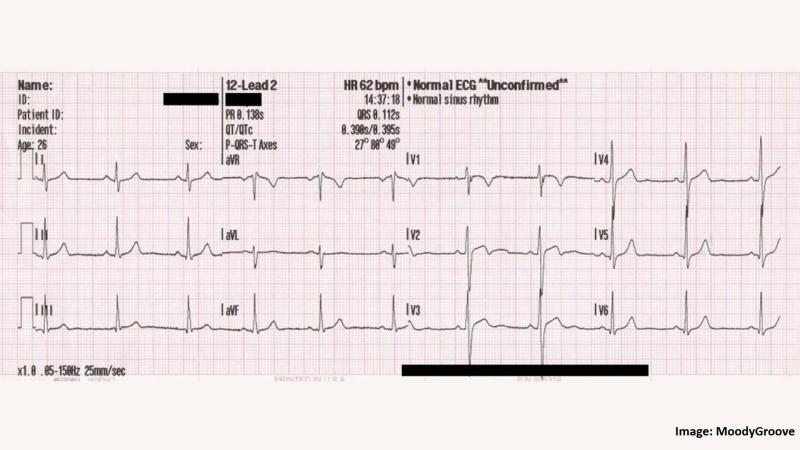
In a recent study, researchers from Velammal Engineering College, Chennai and the Indian Institute of Technology Madras have proposed a novel way to send patient’s health information as codes to retain the privacy. The study, partially funded by the Department of Science and Technology, was published in the journal Australasian Physical & Engineering Sciences in Medicine.
Thanks to recent advances in medical technologies, doctors and healthcare providers can now monitor a patient’s health remotely. Many sophisticated monitoring instruments collect patient data and transfer them over the Internet for doctors to access them. However, health records and medical data, which contain sensitive information like name, age, address, allergy, and medical condition of an individual, are often prone to hacking. Thus, a reliable approach to transmit this data and signals is paramount. Steganography, the practice of hiding information in plain sight, is one such approach.
In this study, the researchers propose an efficient way of hiding sensitive data as quick response (QR) codes—the universal two-dimensional barcode which can be scanned using a smartphone. These codes, which uniquely identify a patient, can then be embedded in electrocardiogram (ECG) signals, the record of heart’s electrical activity. “The novelty of the proposed approach lies in converting the patient data into QR code and using it as a watermark in ECG steganography”, say the researchers about their approach.
However, embedding the patient information into the cover signal (ECG signals in this case), can at times deteriorate the cover signal, affecting the diagnosis process. The researchers of the current study also propose an efficient method to minimise this deterioration by embedding the QR coded data into modified ECG signals, where the one-dimensional signals is converted into a two-dimensional image. Using a technique called discrete wavelet transform (DWT), the researchers split the ECG image into four sub-bands. The QR code can be embedded into any of the sub-bands.
The researchers also compared the performance of their steganography approach with those that are already available and found it to be better. “Currently, wearable sensors, capable of transmitting ECG signals over the internet, are commercially available. The proposed algorithm can readily be used to ensure successful ECG steganography”, explain the researchers, commenting on the applicability of their findings.
In today’s times where privacy is everybody’s concern, the study is a step toward ensuring remote health management without privacy concerns.





